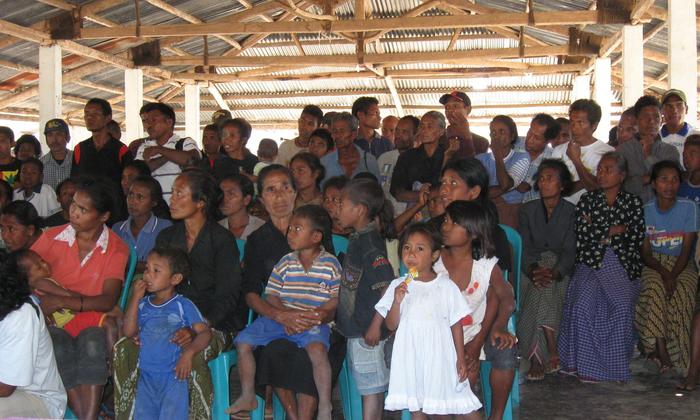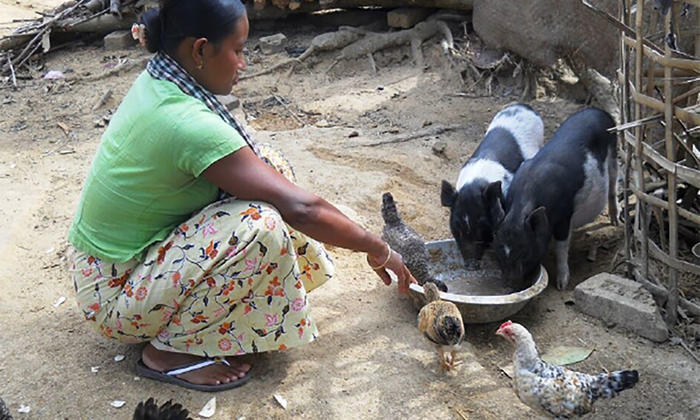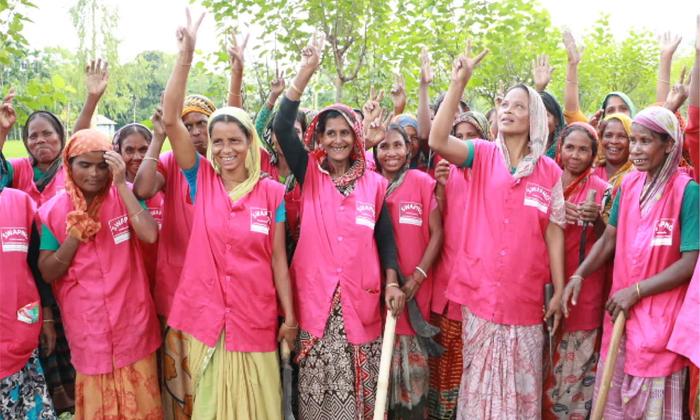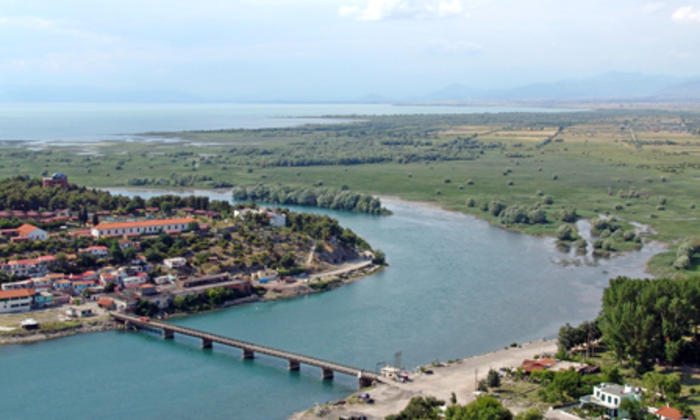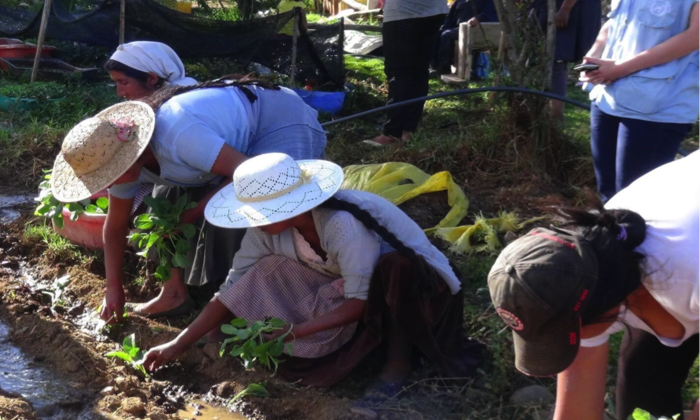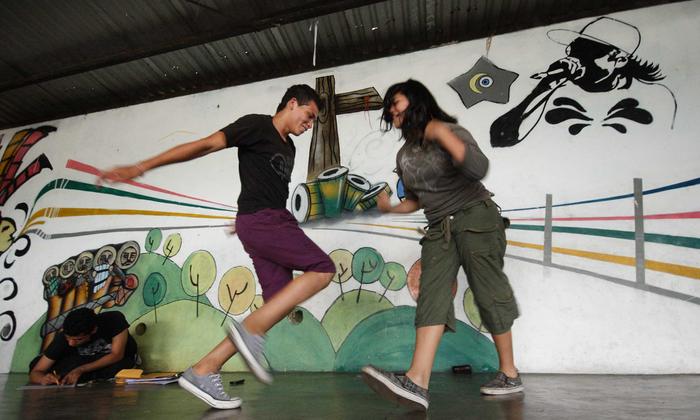Panama is one of the countries in the region with the highest inequality in concentration of wealth, the level of healthcare and education, and, basically, in the abilities of the different groups in society to improve their living standards
Case study
Business opportunities network in Panama
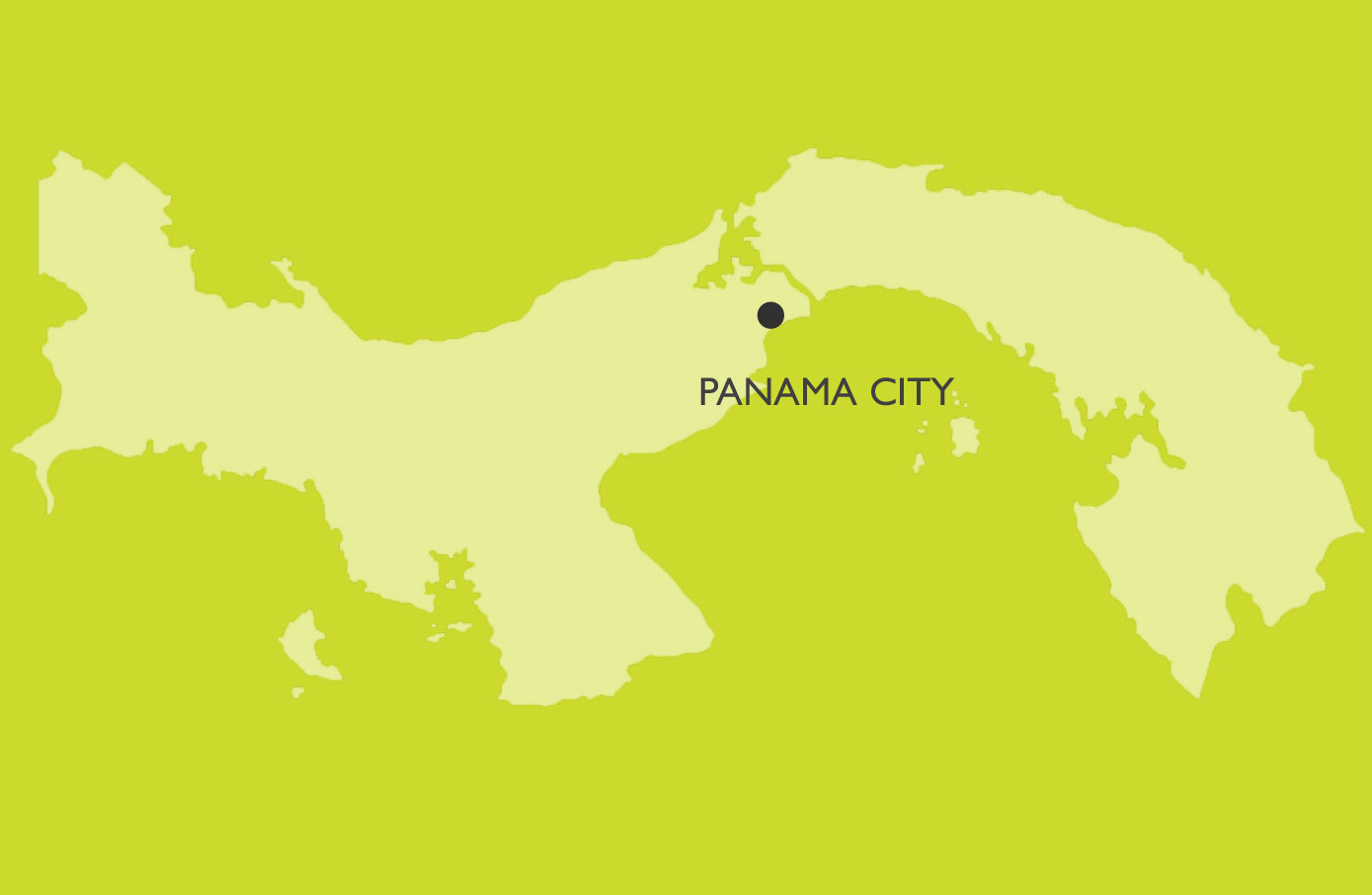
SDGs ADDRESSED
This case study is based on lessons from the joint programme, Entrepreneurial opportunities network for poor families
Read more
Chapters
Project Partners
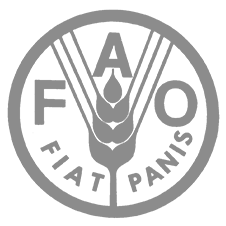
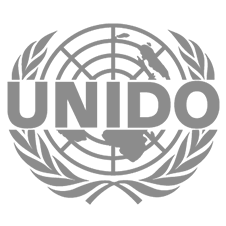
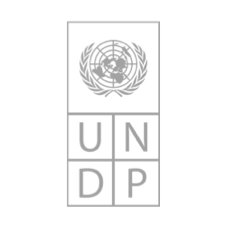
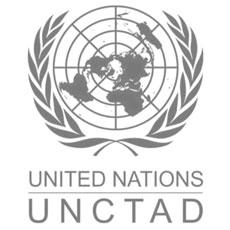
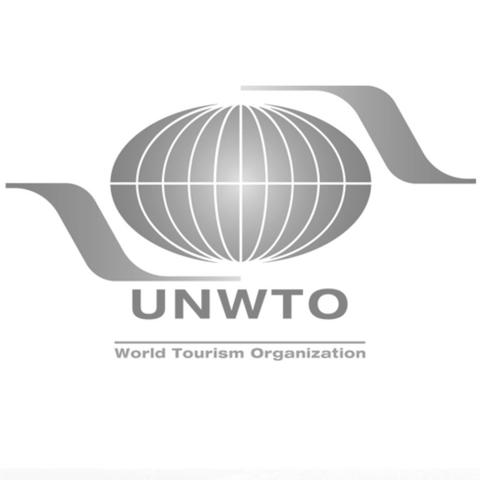
1. SUMMARY
This intervention had the objective of reducing poverty levels in Panama, especially in rural and indigenous areas, by supporting low-income populations to start new sustainable microenterprises, with an emphasis on the tourism and agriculture sectors. The tourism sector was promoted because of its ability to involve other sectors, such as handicrafts, agriculture, logistics, retail, entertainment, fishing, and sports, among others. The programme focused its activities in communities with few resources located in rural areas in the provinces of Chiriquí, Coclé, Herrera and Veraguas.
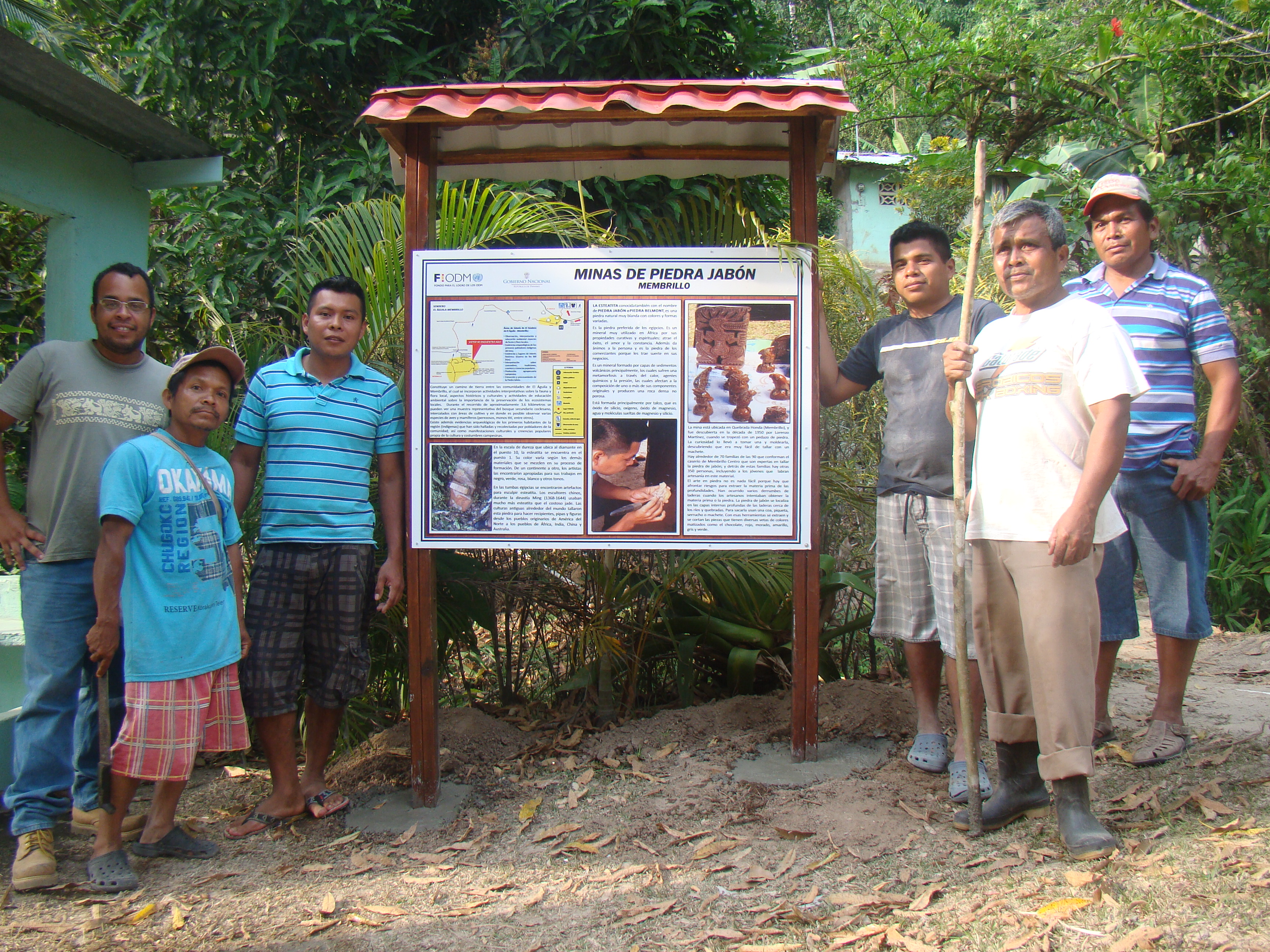
The program contributed to reduce the poverty levels through developing the tourism and agricultural sector
Support in creating and building the abilities of organizational and associative structures in rural communities served to increase the competitive advantage in the market. Among other activities, it created Rural Tourism Roads in Coclé (La Pintada y Penonomé) and Santa Fe de Veraguas. The tourist route in Coclé is now available through various national tour operators. A Tourism and Artisanship Board (Mesa Temática de Turismo y Artesanía) was also organized. However, training firms in participating communities succeeded in improving the quality of traditional products, with an increase in prices and sales at the national and international levels in the fashion sector. The artisans’ organizations strengthened and consolidated the Ministry of Trade and Industry’s accreditation process.
This case study presents the lessons learned, results, and practical examples which aim to strengthen knowledge about development programmes which promote inclusive economic growth.
2. THE SITUATION
In recent years, Panama has recorded some of the highest growth rates in the Latin American region. The World Economic Forum’s Global Competitiveness Report 2012-2013 mentions that Panama showed major improvements, mainly in infrastructure and technological expertise. However, there is important work to do in the involvement of micro, small and medium-sized enterprises (MSME) in the “innovation stage”.
Furthermore, despite high levels of growth and its global positioning in terms of competitiveness, Panama is one of the countries in the region with the highest inequality in concentration of wealth, the level of healthcare and education, and, basically, in the abilities of the different groups in society to improve their living standards. These inequalities are worse in rural areas in the country supported by the programme.
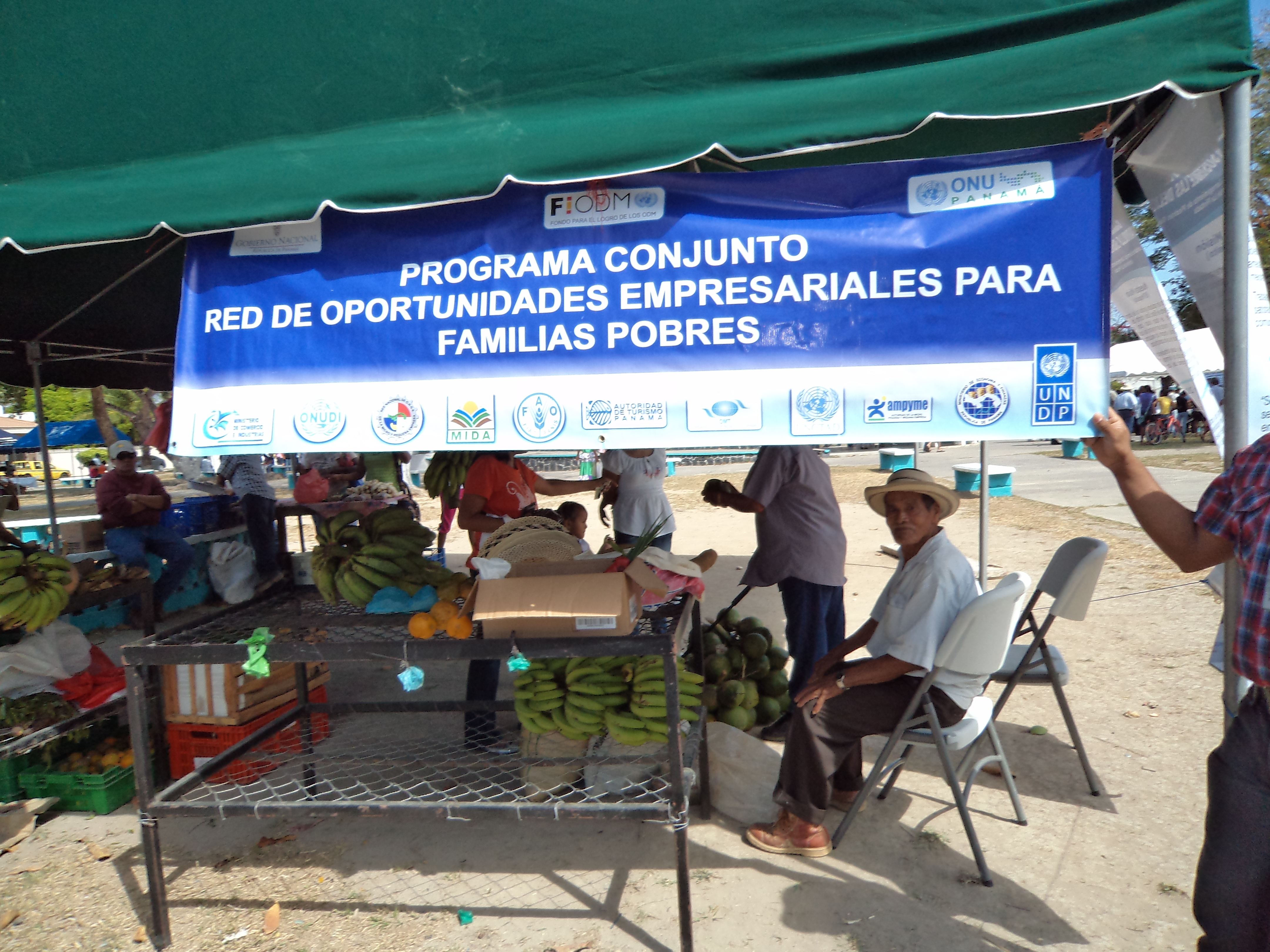
The tourist influx allowed to increase the commercialization of quality artesan products and agrifood
3. STRATEGY
The programme’s strategy consisted of reducing poverty in Panama, especially in rural and indigenous areas, by supporting low-income populations to start new sustainable microenterprises with an emphasis on the tourism and agricultural sectors. The programme focused its activities on communities with few resources and located in rural areas in the Chiriquí, Coclé, Herrera and Veraguas provinces. The programme’s activities were aligned with the entrepreneurship strategy of the Micro, Small and Medium Enterprise Authority (AMPYME) and with the objectives of the Entrepreneurship Centre of this institution. The strategy revolved around two axes:
- Promoting innovation in the artisanal sector and providing technical assistance to artisans, focusing on organizing the business, increasing product quality, and reducing costs.
- Strengthening the sustainable rural tourism sector by developing its entrepreneurial capacities and identifying products and rural tourism routes.
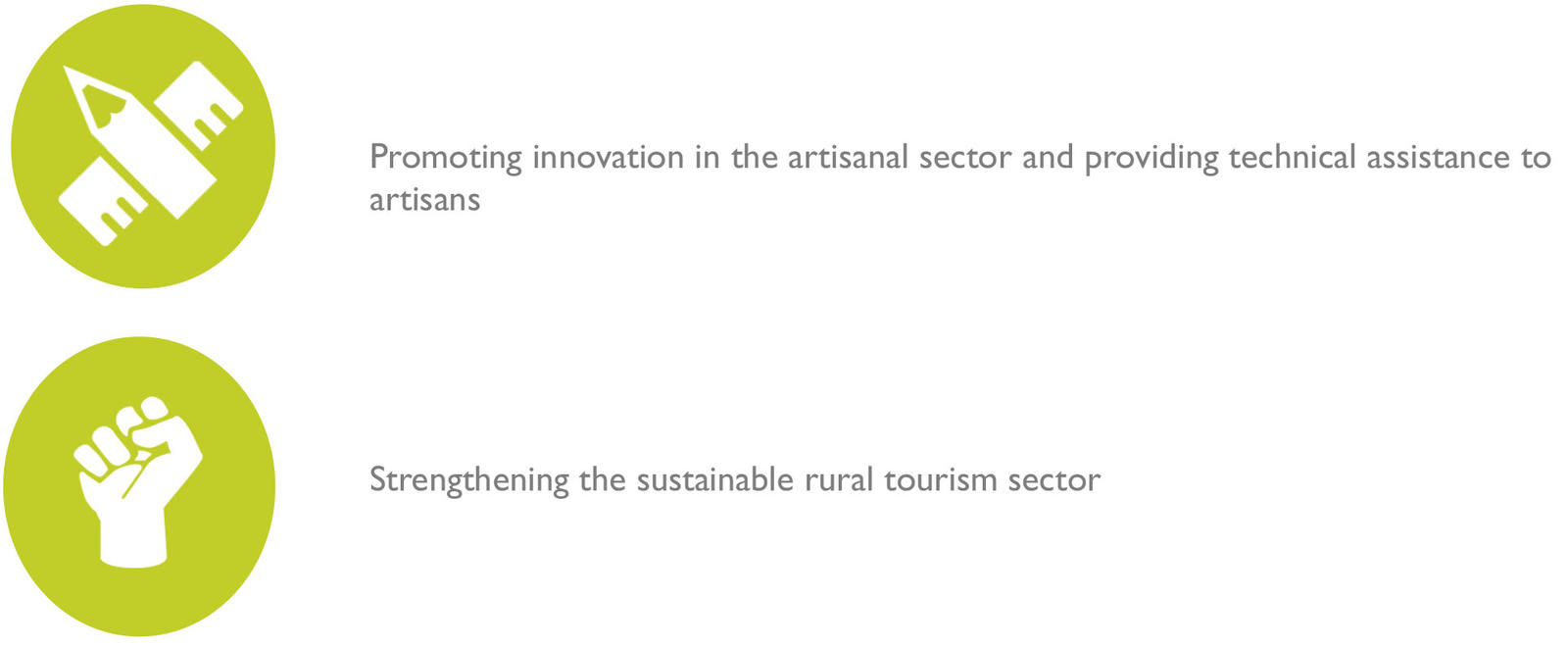
4. RESULTS AND IMPACT
The programme contributed to reducing poverty levels in the selected provinces through the development of tourism and agriculture, benefitting a total of 841 men and women. The economic development driven as a part of the project revolved around three main factors: innovation, access to a competitive market, and promoting associations. All the businesses that were helped in the three sectors improved their profitability, modified their types of products and their quality, and introduced new ways of producing and of organizing production cycles.
The promotion of microenterprises was positive. A total of 734 people, 474 of whom were women, received technical assistance in agriculture, sustainable tourism and traditional artisanship. The influx of tourists made it possible to substantially increase marketing of high quality and innovative touristic, artisanal and agricultural products and services, thus positioning communities that produce the goods in the market. Also, during the intervention, two workshops were held on the topics of gender and access to employment.
The large majority of beneficiaries developed their businesses in a partnership, formalizing themselves in agricultural production associations through the rural development work of the Ministry of Agricultural Development. In Coclé, a Tourism and Artisanship Board (Mesa Temática de Turismo y Artesanía) was established as a meeting place to bring the main players in local development together.
Furthermore, initiatives in Coclé were strengthened by the National Directorate of Artisanship. One example is the transformation of the seafood market in Río Hato into a centre to sell artisanal products (next to the new international airport) and the provision of permanent sales stalls for associations which are a part of the Tourism Board. Together with the Santa Fe Territorial Development Council, the decisions of the mayor and the municipal council in relation to promoting rural tourism and organic agriculture were supported, preserving the environment and biodiversity typical of the area.
In short, through the programme, the beneficiaries learned to better understand market dynamics: how to deal with them, how to negotiate for better commercial results, and how to ensure the quality of products and services to maintain competitiveness.
5. CHALLENGES
- Although the participation of different United Nations agencies proved to be a very efficient, multi-dimensional method in terms of getting results, the participating agencies’ different administrative systems proved to be incompatible, which caused communication problems. This brought to light the need to design an administrative plan together in order to define shared channels and procedures with a view to reducing costs and proceeding in a more efficient manner. From the start, the programmes should ensure that they share a clearly-defined communication strategy which will allow them to transmit an understanding of the same to all participants, beyond specific promotional events.
- On the other hand, it is necessary to ensure that the coordination of the national programmes has effective mechanisms to ensure that each of the agencies fulfil their obligations in order to ensure the success of programmes.
- At first, the original programme design did not facilitate joint and coordinated work, but instead was a set of individual activities. After reformulation, it succeeded in reorienting and focusing all partners, increasing the coordination between them. It led to the establishment of a single programme “philosophy”.
- The coordination and agility in the decision making process delayed the progress of the programme because decisions and consultations all had to be discussed and approved at the headquarters of each participant, with all the delays that this process entails.
- Greater precision in interventions and in identifying the public objective during programme formulation and planning must be ensured. Complex and imprecise definitions of the potential beneficiaries and the type of entrepreneurial organization, in addition to the wide territorial coverage, made implementation of focused, coherent and effective interventions difficult.
- The rotation of personnel in medium or long-duration initiatives – those longer than two years – creates information gaps and long periods of adaptation, which can only be corrected with permanent information strategies and the maintenance of an institutional, active memory. Systems to avoid the loss of human resources and expertise created during the programme must be developed, in order to guarantee sustainability, alongside the organizational procedures that have been initiated and good practice.
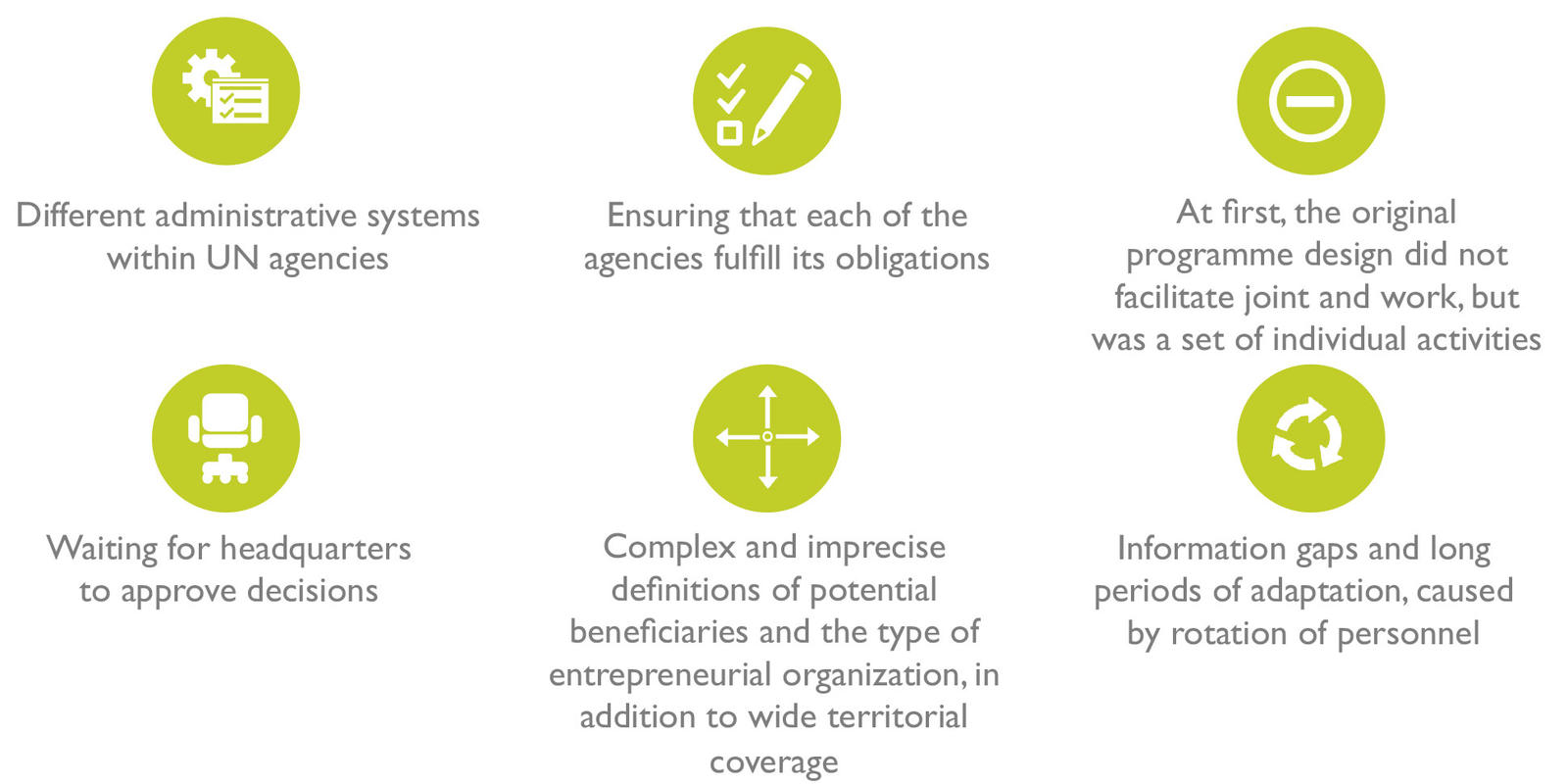
6. LESSONS LEARNED
- The programme is a successful point of reference in terms of the capacity and impact of the United Nations system when its agencies work in a coordinated and multidimensional manner. Each brings its particular knowledge and experience. However, for the intervention to be successful, it is very important for the roles of the different agencies to be clear and to establish agreements on common goals, leading to mutual understanding on the part of the agencies and other institutions.
- It is important to create places for meeting and dialogue between different actors to balance expectations, priorities and needs as a function of the proposed outcomes, in order to avoid duplication. These meeting places should involve the beneficiaries and participants responsible for implementing actions. This exercise is also positive for the United Nations agencies, in terms of perfecting coordination in joint work. It is vital to promote the active participation of the beneficiaries in developing strategies, methods and processes in order to achieve approval and appropriation of projects. This appropriation itself is key for the sustainability of actions. There should be no obligation, and the process should promote the leadership capacity of local actors, who drive the project’s progress.
- With regard to business development, the provision of economic resources must be accompanied by strengthened abilities, both of which contribute to the economic sustainability of businesses and their success in entering into supply chains.
- Programmes must be designed taking their timelines into account, and how long it will take for the transformation process to mature. Otherwise, projects will be started whose goals are not sustainable with the planned resources and time frames.
- Programmes which serve micro and small producers should promote the creation of associations, their role in the marketplace, and their scalability in order to be sustainable.
- Monitoring and evaluation systems should be established at the programme design stage or in the start-up phase, ensuring good follow-up mechanisms and making adjustments, if necessary.
- Knowledge management systems are the key to improving project performance and sharing experience. They must be set up at the beginning of programmes and include activities created within the consultancies which warrant them.
7. SUSTAINABILITY AND POTENTIAL FOR REPLICATION
The skills building and development models for new businesses may serve as a point of reference for other projects being implemented to promote local development in Panama, as well as in other countries.
Development programmes that include skill-building activities tend to be more sustainable over time. The participants in the programme were equipped with technical, managerial and administrative tools to enable them to adequately plan their activities and plan for future contingencies. The promoted activities received budgetary support from the Micro, Small and Medium Business Authority (AMPYME) of the Government of Panama, complemented by significant input from the United Nations Development Programme (UNDP) through the Rural Development and Innovation Centres, which will be key for the artisanal and agricultural production of the country.
With the objective of guaranteeing the sustainability of actions, an Enterprise Support Centre (Centro de Apoyo Empresarial) for MSMEs was established with the assistance of the United Nations Conference on Trade and Development (UNCTAD). One of the actions suggested to increase the impact was to establish one-stop shops for technical and financial assistance at the local level to give continuity to the development achieved in Coclé and Veraguas.
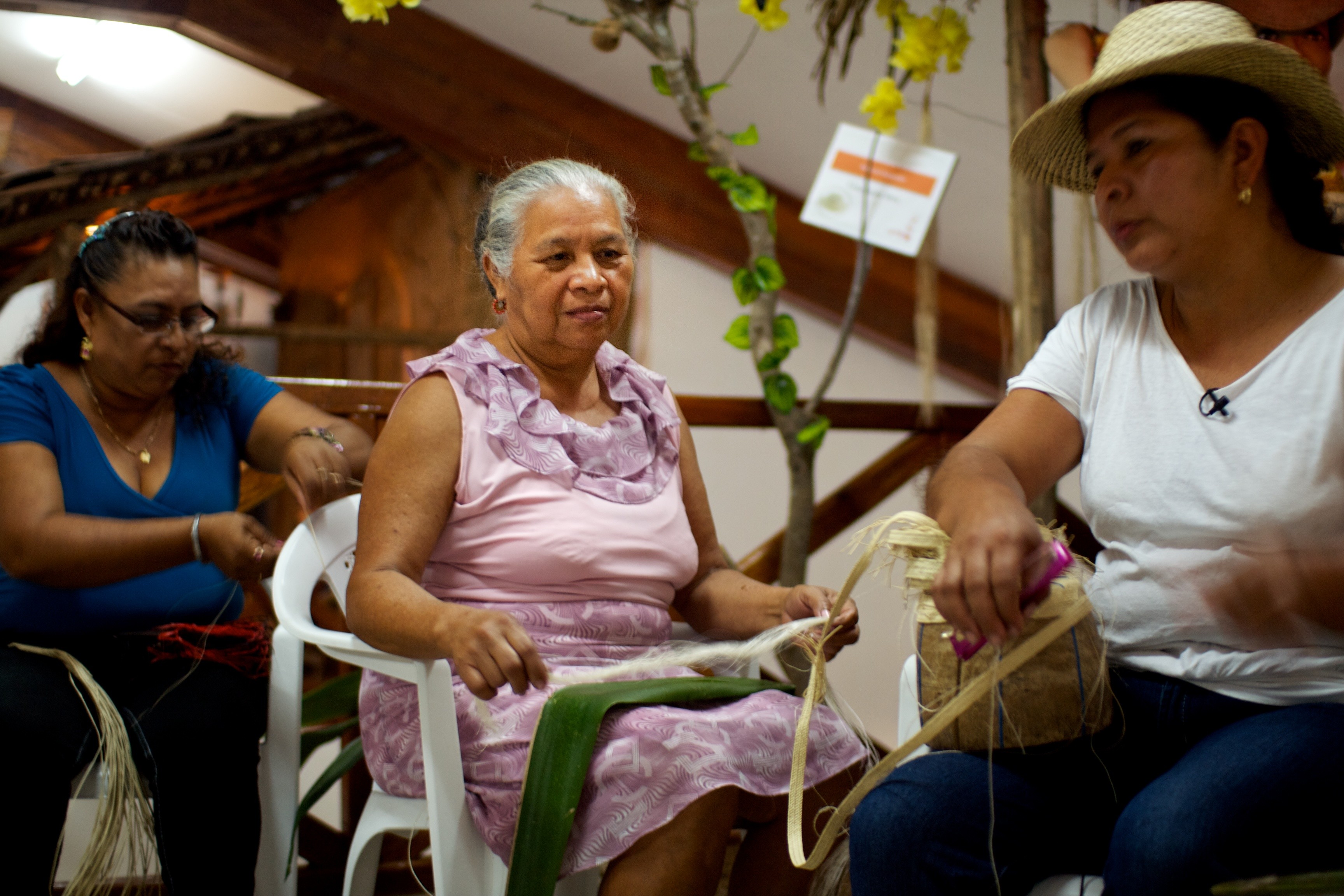
Workshops on gender issues and access to employment were developed

